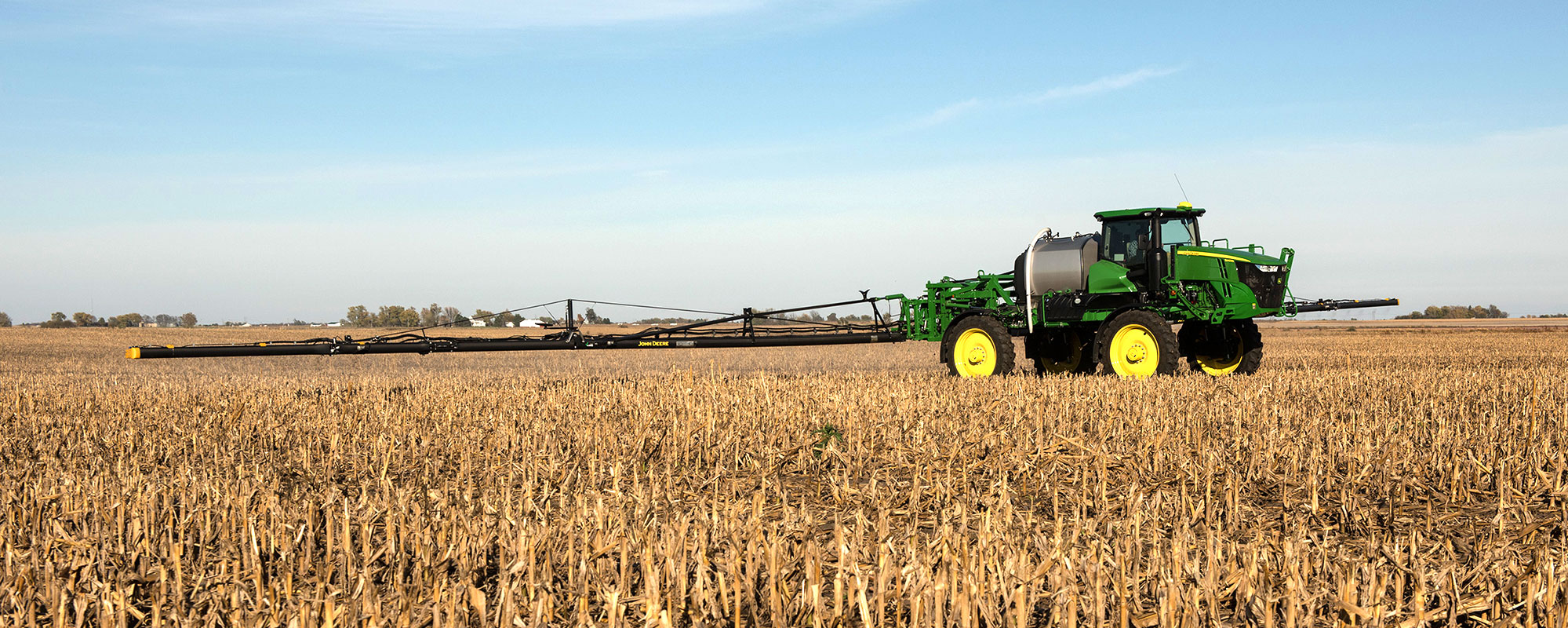

For South Central Nebraska, 2018 ranks in the top five for coldest starts to April. This has delayed planting a little bit, but also has significantly hindered progress on pre-emerge and burndown herbicide applications. The cold temperatures have slowed weed growth and with a drive by observation, you may think your field is staying clean. Upon closer inspection, many fields have nickel to half dollar size marestail just waiting for a stretch of warm weather to become a nuisance. Giant ragweed has also started to emerge during the last week. These two weeds are often glyphosate resistant and can break through many pre-emerge/burndown herbicide programs. One of the most common remedies for control of marestail has been 2,4-D tank mixed glyphosate and residual herbicides in an early season/pre-emerge application. As the marestail and giant ragweed grow, your 2,4-D rate will need to increase and may become less effective. At one pint of four pound active ingredient 2,4-D, there is a seven day pre-plant interval for corn and soybeans. If you need to increase the 2,4-D rate, your pre-plant interval for corn and soybeans will increase as well.
In many situations we can use Dicamba based products in place of 2,4-D without any pre-plant restrictions. On corn, Diflexx can be applied pre-plant, pre-emerge, or post emergence. The same safener in Diflexx that allows for pre-emerge applications is also found in Corvus, and will safen any dicamba product used pre-emerge through V2 application. Dicamba tolerant soybeans allow for pre-plant and pre-emerge applications when using Xtendimax, Fexapan, and Engenia herbicide formulations.
Unfortunately, if you are planting Glyphosate or Liberty tolerant soybean varieties, you will not have this flexibility and you must follow all labeled pre-plant intervals, which could be up to 30 days depending on rate and product. Follow all label restrictions and consult with your Norder Supply Agronomist if you have any questions regarding specific herbicide rates, pre-plant intervals and tank mix options.